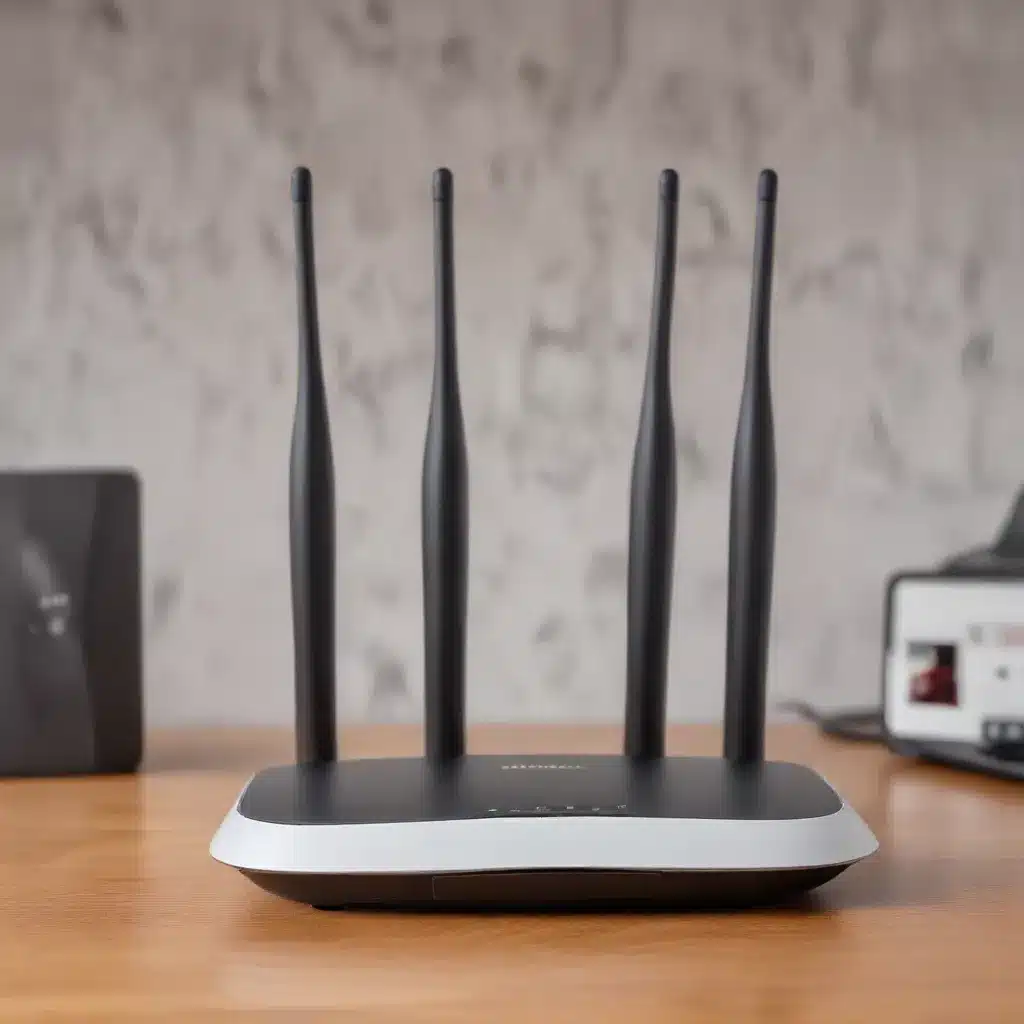
In today’s digital age, a reliable home wireless network has become an essential utility. Whether you’re working remotely, streaming your favourite shows, or connecting a growing array of smart home devices, a well-designed and secure home network is crucial. In this comprehensive guide, we’ll walk you through the process of setting up a robust and efficient home wireless network, covering everything from hardware components to optimizing performance and ensuring network security.
Network Hardware
The foundation of a home wireless network lies in the right hardware components. The primary devices you’ll need are:
Wireless Router: This is the central hub that connects your home to the internet and distributes the wireless signal throughout your living space. Look for a router that supports the latest Wi-Fi standards, such as 802.11ac or 802.11ax (also known as Wi-Fi 5 or Wi-Fi 6), for optimal performance.
Access Point (AP): If your home is large or has areas with poor wireless coverage, you may need to add additional access points to extend the network’s reach. These devices can be wired directly to your router or connected wirelessly to create a mesh network.
Network Adapters: Each device that you want to connect to your wireless network, whether it’s a laptop, desktop, or smart home gadget, will need a network adapter. Most modern devices come with built-in Wi-Fi, but you can also use USB or Ethernet adapters for older equipment.
Network Protocols
To ensure your home wireless network functions seamlessly, it’s important to understand the underlying network protocols and standards:
Wi-Fi Standards: The 802.11 family of standards defines the various generations of Wi-Fi technology. The latest versions, 802.11ac (Wi-Fi 5) and 802.11ax (Wi-Fi 6), offer faster speeds, improved range, and better support for multiple connected devices.
TCP/IP: This is the fundamental protocol suite that powers the internet and most modern networks. It’s responsible for addressing, routing, and ensuring the reliable exchange of data between devices.
DHCP: The Dynamic Host Configuration Protocol automatically assigns IP addresses to devices on your network, simplifying the setup process and ensuring seamless connectivity.
Network Configuration
Before you can start using your home wireless network, you’ll need to configure the essential settings:
Router Settings: Log into your router’s web-based administration panel to customize the network name (SSID), password, and other advanced settings like channel selection and QoS (Quality of Service) prioritization.
Wireless Network Name (SSID): Choose a unique and easily recognizable name for your wireless network, such as “YourHomeWiFi” or “Smith Family Network”.
Network Security: Protect your network by enabling WPA2 or WPA3 encryption, which ensures that only authorized devices can access your wireless network.
Network Installation
With the hardware and configuration in place, it’s time to start connecting your devices to the home wireless network:
Wired Ethernet Connections: For devices that require a stable, high-speed connection, such as desktop computers or smart TVs, use Ethernet cables to directly connect them to your router or network switch.
Wireless Connections: All other devices, like laptops, smartphones, and smart home gadgets, can connect to your wireless network by selecting the SSID and entering the security password.
Network Coverage: Ensure that your wireless signal reaches all areas of your home by strategically placing your router and, if necessary, adding additional access points. Consider factors like obstacles, wall materials, and the overall layout of your living space.
Network Performance
Optimizing the performance of your home wireless network is essential for a seamless user experience. Keep an eye on the following metrics:
Bandwidth: This refers to the maximum data transfer rate your network can handle. Choose a router and internet plan that provide sufficient bandwidth for your household’s needs, whether it’s streaming, video conferencing, or heavy file downloads.
Latency: Also known as “ping,” latency measures the time it takes for data to travel between your device and the internet. Low latency is crucial for real-time applications like online gaming or voice over IP (VoIP) calls.
Signal Strength: Ensure that your devices are receiving a strong wireless signal by positioning your router and access points appropriately. You can use online tools or mobile apps to measure and optimize signal strength.
Network Security
Securing your home wireless network is crucial to protect your devices and data from unauthorized access and potential cyber threats. Here’s what you need to do:
Encryption: Enable the latest WPA2 or WPA3 encryption protocol to ensure that your wireless traffic is encrypted and secure.
Access Control: Set a strong, unique password for your wireless network to prevent unauthorized access. Consider creating a separate guest network for visitors with limited access.
Firewall Configuration: Ensure that your router’s built-in firewall is enabled and properly configured to block unwanted traffic and prevent intrusions.
Network Troubleshooting
Even the best-designed home wireless networks can encounter issues from time to time. Here are some common problems and how to address them:
Connectivity Issues: If devices are experiencing frequent disconnections or slow internet speeds, check for interference, signal strength, or potential hardware problems.
Configuration Problems: Resolve IP address conflicts, network name (SSID) clashes, or other network setting issues that may be causing connectivity problems.
Security Concerns: Stay vigilant for signs of unauthorized access, such as unusual network activity or device behavior, and take immediate action to secure your network.
By following the steps outlined in this guide, you’ll be well on your way to setting up a robust, reliable, and secure home wireless network that meets the needs of your modern, connected household. Remember, regular maintenance, monitoring, and adaptability are key to ensuring your home network continues to serve you well in the ever-evolving digital landscape.












